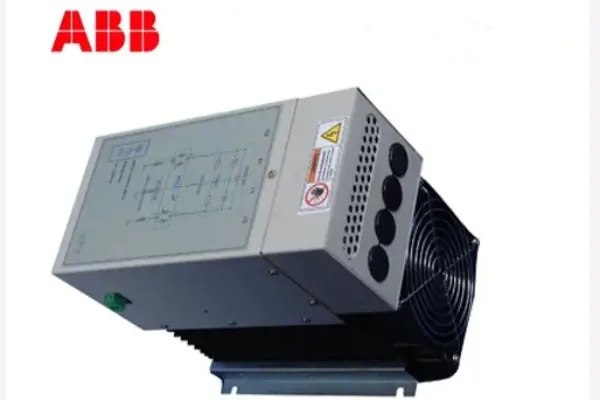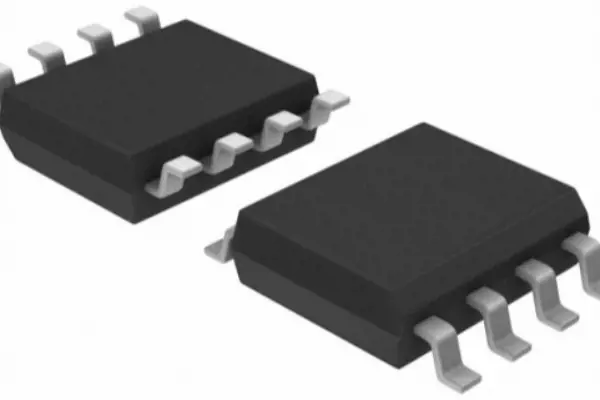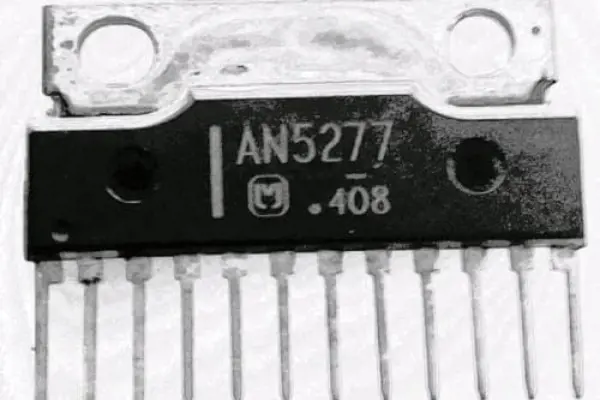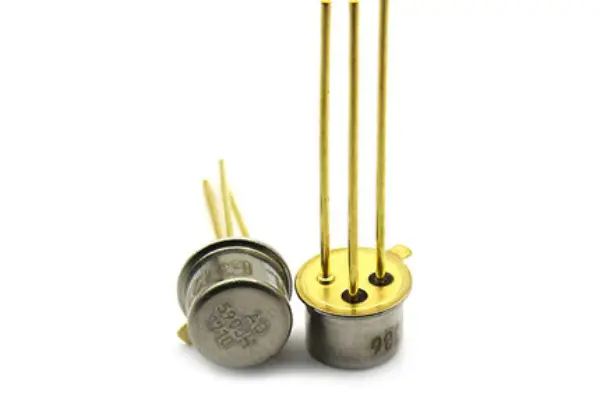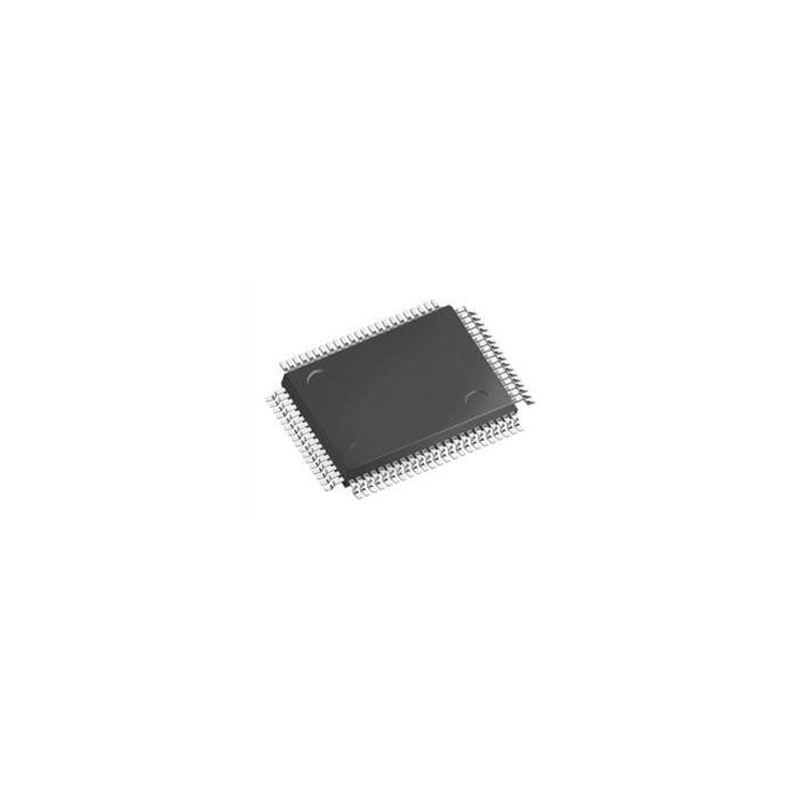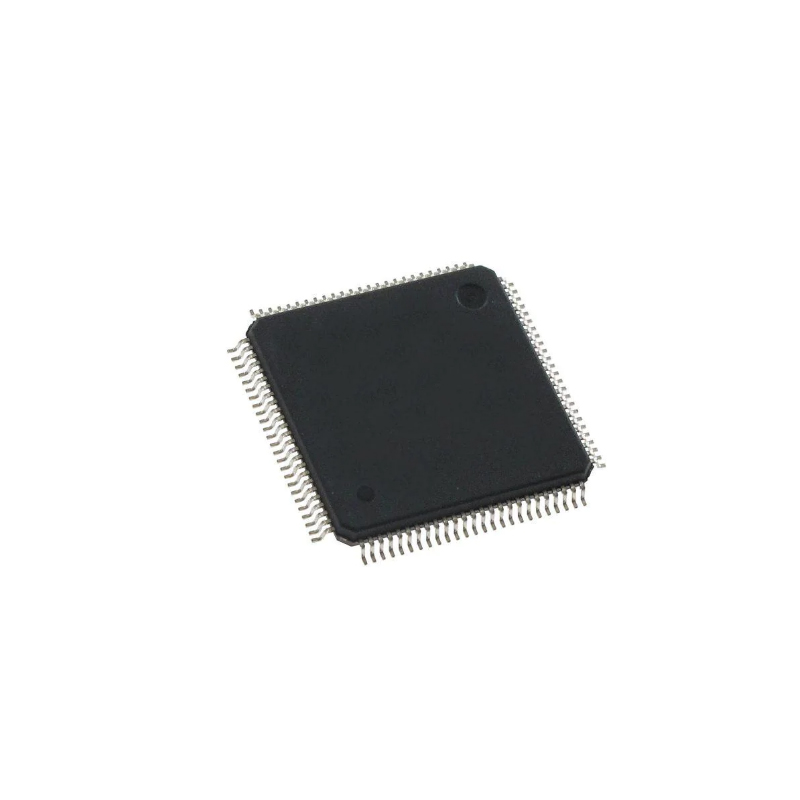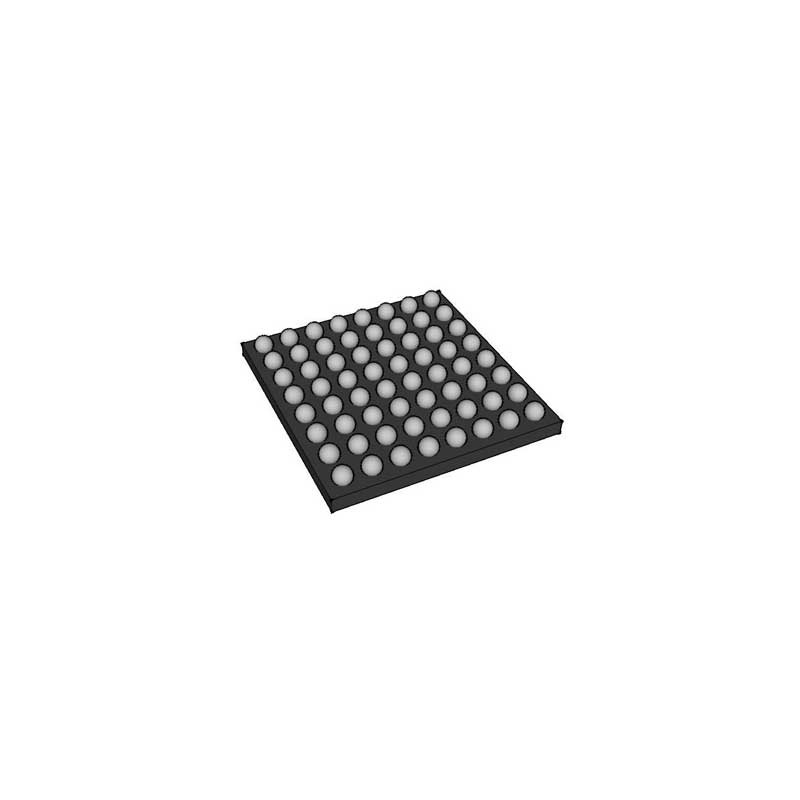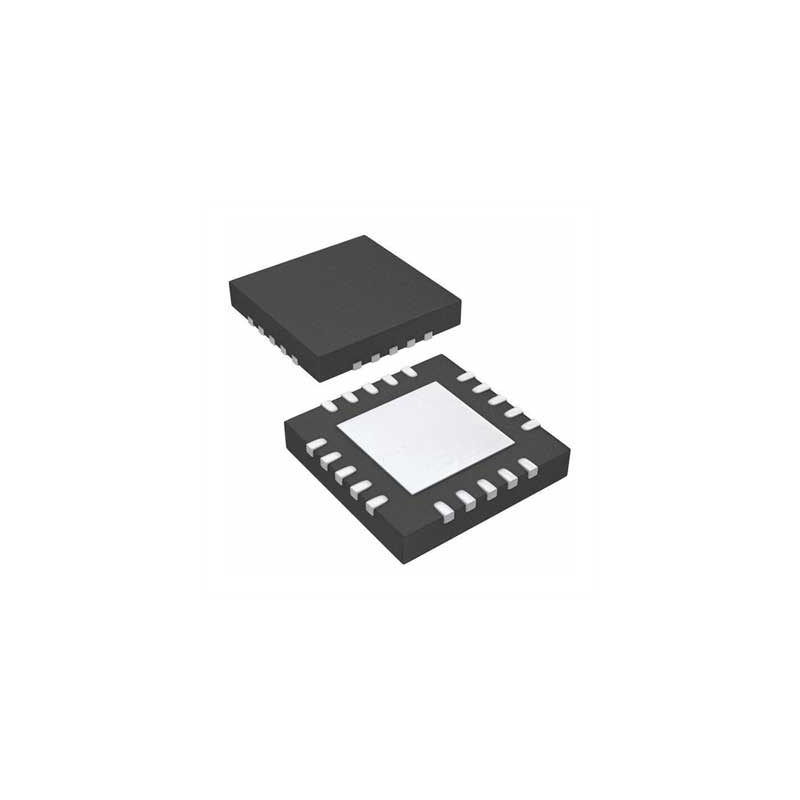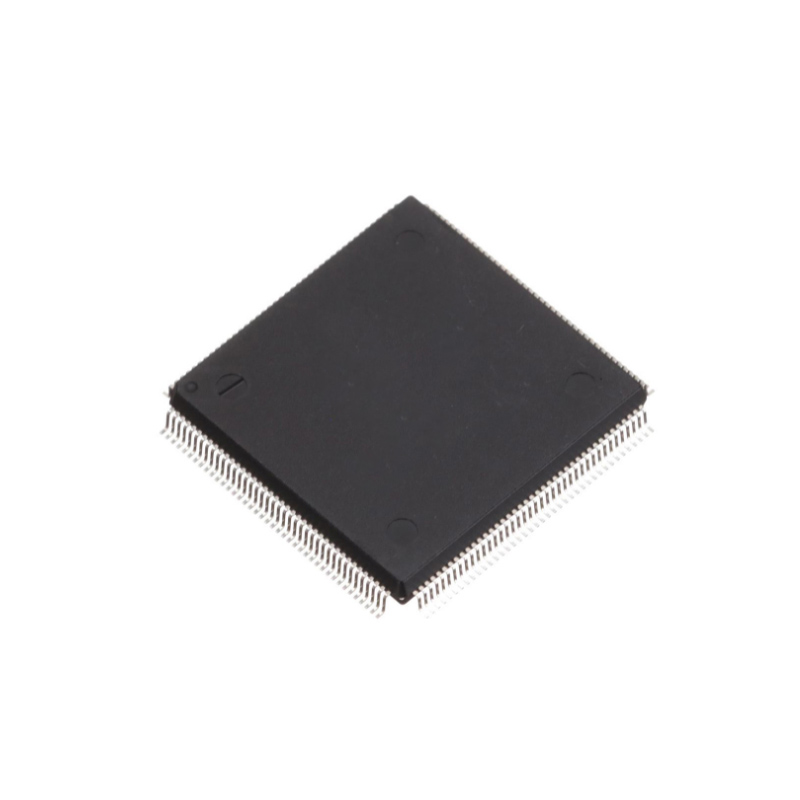ULSI Microprocessor: Architecture, Features and Application (FAQs)
 Published: Jun 14, 2023
Published: Jun 14, 2023
Contents
Ultra-Large-Scale Integration (ULSI) microprocessors have revolutionized the field of microelectronics by enabling the integration of an incredibly large number of transistors onto a single chip. ULSI microprocessors represent a significant milestone in the development of computing technology, offering enhanced performance, increased functionality, and improved power efficiency.
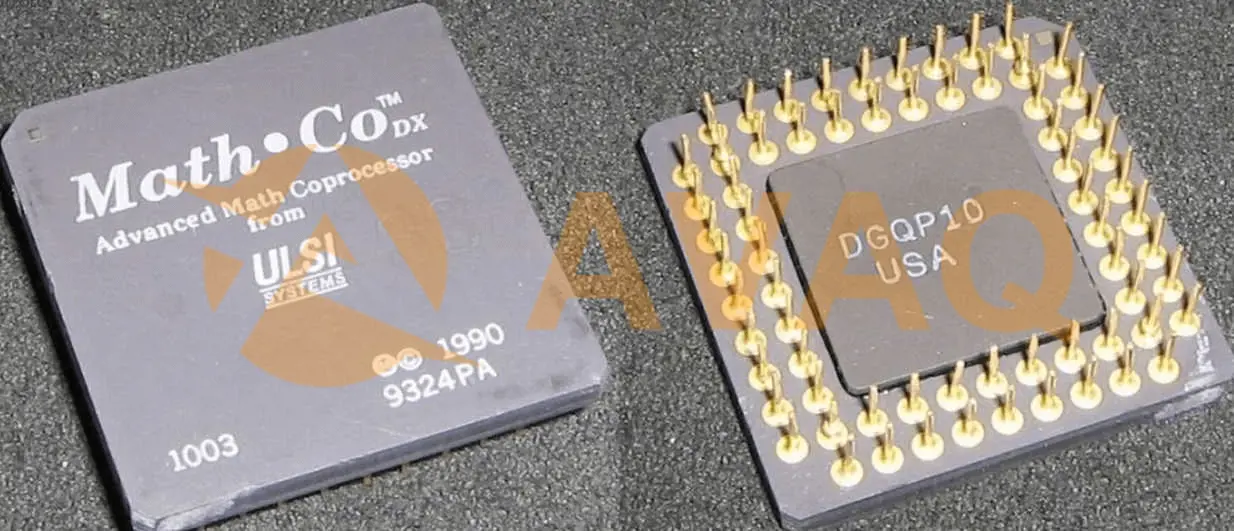
In this article, we will delve into the world of ULSI microprocessors, exploring their architecture, features, and applications. Whether you are an electronics enthusiast, a student, or a professional in the field, understanding the intricacies of ULSI microprocessors will allow you to grasp the immense power and potential that these advanced integrated circuits bring to the world of computing.
Definition of ULSI Microprocessor
ULSI (Ultra Large Scale Integration) microprocessors are advanced electronic devices that integrate an extremely high number of components, such as transistors, logic gates, and memory cells, onto a single semiconductor chip. These microprocessors are characterized by their ability to pack billions or even trillions of transistors onto a single chip, enabling highly complex and powerful computing capabilities.
ULSI microprocessors are designed using advanced semiconductor manufacturing processes, such as photolithography and etching, to create intricate circuitry on a microscopic scale. The integration of a massive number of components on a single chip allows ULSI microprocessors to deliver significant computational power, high-speed data processing, and enhanced functionality.
ULSI technology has revolutionized the field of microprocessors by pushing the limits of integration density and performance. It has played a pivotal role in the advancement of various technologies, such as artificial intelligence, machine learning, big data processing, and high-performance computing.
Architecture of ULSI Microprocessors
The architecture of ULSI (Ultra Large Scale Integration) microprocessors involves the organization and design of various components that enable their high-performance computing capabilities. Here is ULSI microprocessor architecture:

Central Processing Unit (CPU):
- The CPU is the primary component responsible for executing instructions and performing calculations.
- It consists of multiple cores, each capable of executing instructions independently and in parallel.
- The CPU includes control units, arithmetic logic units (ALUs), and registers for data storage and manipulation.
Memory Hierarchy:
- ULSI microprocessors incorporate multiple levels of memory hierarchy to efficiently manage data storage and access.
- This hierarchy typically includes registers, cache memory (L1, L2, and sometimes L3), and main memory (RAM).
- Registers are the fastest and smallest memory units located within the CPU and are used for temporary data storage.
- Cache memory provides faster access to frequently used data and instructions compared to main memory.
Instruction Set Architecture (ISA):
- The ISA defines the instructions and their formats that the microprocessor understands and can execute.
- It includes the instruction set, addressing modes, registers, and the organization of memory and data.
Pipelining and Superscalar Execution:
- ULSI microprocessors employ pipelining techniques to overlap the execution of multiple instructions.
- Instructions are divided into stages (fetch, decode, execute, memory, write-back), and multiple instructions can be in different stages simultaneously.
- Superscalar execution enhances performance by allowing multiple instructions to be issued and executed in parallel.
Caches and Memory Management:
- ULSI microprocessors have cache memory to store frequently accessed data and instructions.
- Caches use techniques such as cache lines, cache coherence protocols, and replacement policies to optimize data retrieval.
- Memory management units (MMUs) handle virtual memory and address translation between physical and virtual addresses.
Input/Output (I/O) and Peripheral Interfaces:
- ULSI microprocessors provide interfaces for connecting to external devices and peripherals.
- These interfaces may include USB, Ethernet, SATA, HDMI, PCIe, and other communication protocols.
- I/O controllers and interfaces manage the transfer of data between the microprocessor and external devices.
Power Management:
- ULSI microprocessors incorporate power management techniques to optimize energy efficiency.
- Power management units control the dynamic frequency scaling, voltage regulation, and power gating of various components.
Notice: The specific architecture of ULSI microprocessors can vary based on the manufacturer, design goals, and target applications. Advancements in technology continually drive improvements in microprocessor architecture, enabling higher performance, energy efficiency, and integration density.
Features of ULSI Microprocessor
ULSI (Ultra Large Scale Integration) microprocessors possess several key features that contribute to their high-performance and advanced capabilities.
|
Feature |
Description |
|
High Integration Density |
Accommodates billions or trillions of transistors on a single chip, enabling complex circuitry and functionality. |
|
Advanced Manufacturing Processes |
Utilizes cutting-edge semiconductor processes with small feature sizes (e.g., 7nm, 5nm, and beyond) for improved performance. |
|
Multicore Architecture |
Incorporates multiple CPU cores on a single chip, enabling parallel processing and enhanced multitasking capabilities. |
|
Advanced Instruction Set Architecture (ISA) |
Provides a wide range of instructions for executing complex tasks efficiently. |
|
High-Speed Caches |
Includes multiple levels of cache memory (L1, L2, and sometimes L3) to reduce memory access latency and improve performance. |
|
Pipelining and Superscalar Execution |
Utilizes pipelining techniques and superscalar execution for parallel instruction execution and improved performance. |
|
Power Management |
Incorporates power management features for optimizing energy efficiency, including dynamic frequency scaling and power gating. |
|
Enhanced I/O Interfaces |
Provides advanced I/O interfaces for high-speed data transfer and communication with external devices and peripherals. |
|
Virtual Memory and MMUs |
Supports virtual memory systems and memory management units for efficient address translation and memory utilization. |
|
Advanced Instruction Execution Techniques |
Employs techniques like branch prediction, out-of-order execution, and speculative execution for maximizing performance. |
Application of ULSI Microprocessor
ULSI (Ultra Large Scale Integration) microprocessors have a wide range of applications across various industries. Here are the applications along with popular chip products and their specific models, more chips could find at AVAQ store,
Personal Computers and Laptops:
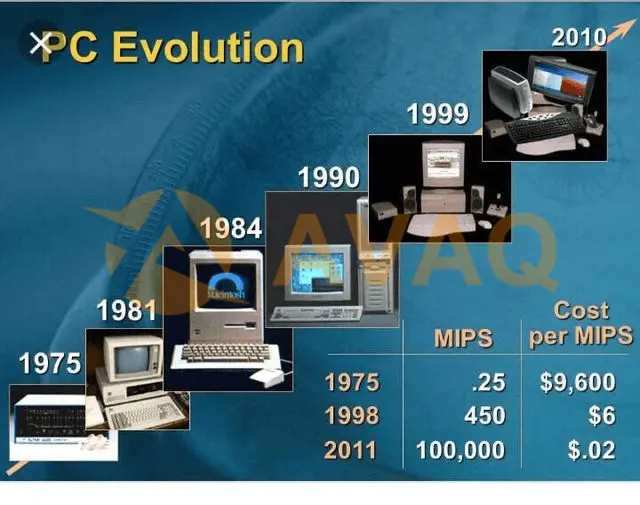
- Application: Powering desktop computers and laptops.
- Popular Chip Products: Intel Core i7-11700K, AMD Ryzen 9 5950X.
Smartphones and Mobile Devices:
- Application: Core component in smartphones and mobile devices.
- Popular Chip Products: Qualcomm Snapdragon 888, Apple A15 Bionic.
Servers and Data Centers:
- Application: Handling computational demands in servers and data centers.
- Popular Chip Products: AMD EPYC 7763, Intel Xeon Platinum 8380.
Automotive Systems:
- Application: Control systems in automotive applications.
- Popular Chip Products: NVIDIA Drive AGX Xavier, Texas Instruments TDA3x.
Internet of Things (IoT) Devices:
- Application: Powering IoT devices for data processing and connectivity.
- Popular Chip Products: Espressif ESP32, Nordic Semiconductor nRF52 series.
Consumer Electronics:
- Application: Powering various consumer electronic devices.
- Popular Chip Products: ARM Cortex-A76, Qualcomm Snapdragon 8 series.
Embedded Systems:
- Application: Utilized in industrial automation, robotics, and IoT applications.
- Popular Chip Products: STM32F4 series from STMicroelectronics, Microchip PIC32 series.
What are Differences between the VLSI and ULSI
VLSI (Very Large Scale Integration) and ULSI (Ultra Large Scale Integration) are both technologies related to the integration of components onto a single semiconductor chip, but they differ in terms of the scale and complexity of integration.
|
Aspect |
VLSI (Very Large Scale Integration) |
ULSI (Ultra Large Scale Integration) |
|
Integration Density |
Hundreds of thousands to millions of transistors on a chip |
Billions or trillions of transistors on a chip |
|
Complexity and Functionality |
Complex circuits and functionality |
Highly advanced functionality |
|
Manufacturing Technology |
Advanced semiconductor processes (e.g., 45nm to 10nm) |
More advanced processes (e.g., 7nm, 5nm, and beyond) |
|
Applications |
Consumer electronics, automotive systems, telecommunications, industrial automation, etc. |
High-performance computing, data centers, advanced mobile devices, AI, machine learning, etc. |
To choose between VLSI and ULSI, consider the required integration scale and complexity. For smaller-scale projects, VLSI may be sufficient, while ULSI is suitable for high-complexity applications requiring billions or trillions of transistors.
Summary
In conclusion, ULSI microprocessors have propelled the field of microelectronics into a new era of computing power and efficiency. With their remarkable integration density and advanced features, ULSI microprocessors offer unparalleled performance and functionality.
From personal computers to mobile devices, from artificial intelligence to Internet of Things applications, ULSI microprocessors have become the backbone of modern computing systems. By staying updated with the latest advancements, exploring datasheets, and understanding the applications of ULSI microprocessors, you can harness their immense power to drive innovation and create groundbreaking technologies. Embrace the possibilities offered by ULSI microprocessors and unlock a world of computing potential.
 FAQ
FAQ
- Are ULSI microprocessors limited to specific architectures or instruction sets?
- No, ULSI microprocessors can be designed using various architectures and support different instruction sets. The architecture and instruction set depend on the specific design goals and targeted applications. Common architectures used in ULSI microprocessors include x86, ARM, MIPS, and Power Architecture, among others.
- What manufacturing technology is used for ULSI microprocessors?
- ULSI microprocessors are manufactured using advanced semiconductor fabrication processes, typically based on complementary metal-oxide-semiconductor (CMOS) technology. These processes involve intricate steps such as photolithography, etching, deposition, and diffusion to create the intricate patterns and structures necessary for integrating a large number of transistors on a single chip.
- How many transistors are typically found in ULSI microprocessors?
- ULSI microprocessors can contain millions to billions of transistors. The exact number depends on the specific design and technology node used in the manufacturing process. As technology advances, the transistor count continues to increase, enabling higher levels of integration.
- What are some examples of ULSI microprocessors?
- Examples of ULSI microprocessors include Intel Core i7, AMD Ryzen, ARM Cortex-A series, and IBM POWER processors. These processors are widely used in a range of devices, including personal computers, servers, smartphones, tablets, and embedded systems.
 Popular Industry Focus
Popular Industry Focus
Hot Products
-
![QT100-ISG]()
QT100-ISG
Microchip
Advanced electronic component
-
![AT29C010A-90JI]()
AT29C010A-90JI
MICROCHIP
NOR Flash 1M(128Kx8) 5V ONLY- 90NS IND TEMP
-
![SST25VF020B-80-4I-SAE-T]()
SST25VF020B-80-4I-SAE-T
MICROCHIP
2Mb 2.7-3.6V SPI Serial Flash.
-
![MCP73830T-2AAI/MYY]()
MCP73830T-2AAI/MYY
Microchip
MCP73830T-2AAI/MYY - a versatile 1000mA battery charger for Li-Ion and Li-Pol cells
-
![2N4931]()
2N4931
Microchip
Bipolar Transistors - BJT 250 V Power BJT
-
![ATXMEGA64A3-MH]()
ATXMEGA64A3-MH
MICROCHIP
8-bit Microcontrollers - MCU 8/16 bit 1.6V-3.6V 64KB + 4KB
Related Parts
-
![AU1000-266MCI]()
AU1000-266MCI
BROADCOM INC
32-BIT, 266MHz, MICROPROCESSOR, PBGA324, 23 X 23 MM, 1 MM PITCH, PLASTIC, MO-192DAJ-1, LFBGA-324
-
![EP910LC-30]()
EP910LC-30
Rochester Electronics, LLC
OT PLD, 33ns, PAL-Type, CMOS, PQCC44, PLASTIC, LCC-44
-
![AT91SAM7XC256]()
AT91SAM7XC256
ATMEL
ARM Microcontrollers - MCU
-
![S1D13505]()
S1D13505
EPSON
S1D13505EmbeddedRANMACLCD/CRTController
-
![HD64F2360VTE]()
HD64F2360VTE
RENESAS ELECTRONICS CORP
IC,MICROCONTROLLER,16-BIT,H8S/2000 CPU,CMOS,TQFP,120PIN,PLASTIC
-
![TC9316F]()
TC9316F
TOSHIBA CORP
IC 4-BIT, MROM, MICROCONTROLLER, PQFP60, 14 X 14 MM, 0.80 MM PITCH, PLASTIC, QFP-60, Microcontroller
-
![HD64F2218UTF24]()
HD64F2218UTF24
RENESAS
MCU 16-bit H8S/2000 CISC 128KB Flash 2.5V/3.3V 100-Pin TQFP
-
![CY7C53150]()
CY7C53150
ECHELON
NeuronChipNetworkProcessor
-
![CL-GD5436]()
CL-GD5436
CIRRUS LOGIC
-
![MEGA164P]()
MEGA164P
ATMEL
IC MCU 8BIT 16KB FLASH 44TQFP
-
![MC56F8322]()
MC56F8322
FREESCALE
56F832216-bitHybridController
-
![STI5512]()
STI5512
ST
SET TOP BOX BACKEND DECODER WITH INTEGRATED HOST PROCESSOR
-
![C8051F850]()
C8051F850
SILICON LABS
Low-Cost8-bitMCUFamilywith up to 8 kB of Flash
-
![AIC-7880P]()
AIC-7880P
Microchip Technology
-
![R5F70855]()
R5F70855
Renesas Electronics Corporation
32-BitRISCMicrocomputerSuperH??RISCengineFamily


 Update Time: Jun 16, 2023 Consumer Electronics
Update Time: Jun 16, 2023 Consumer Electronics